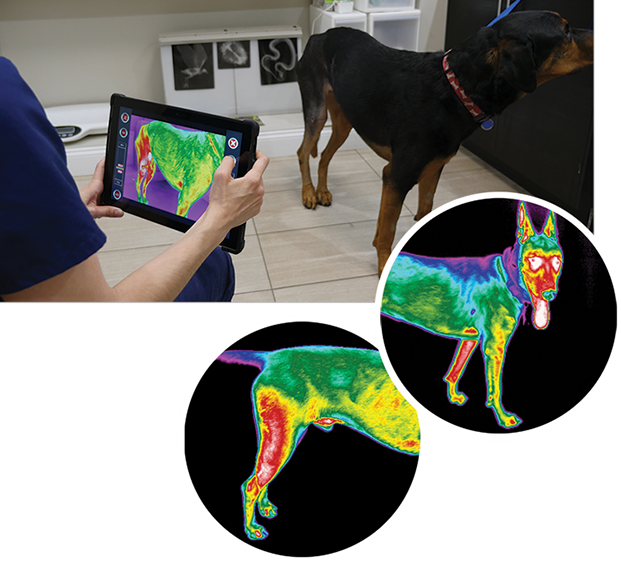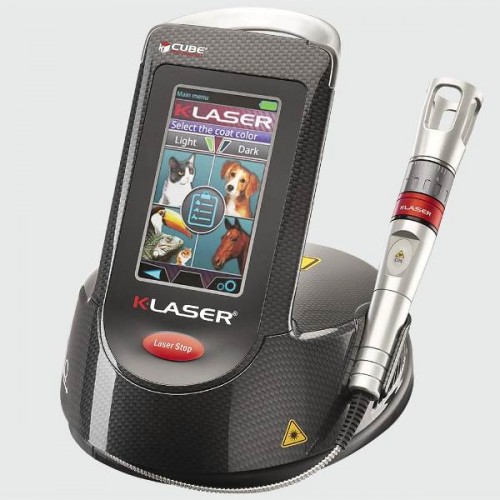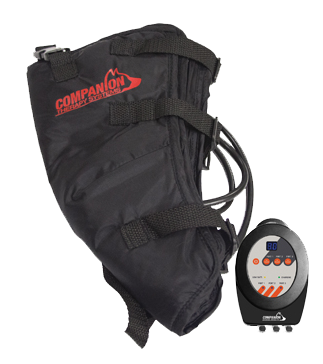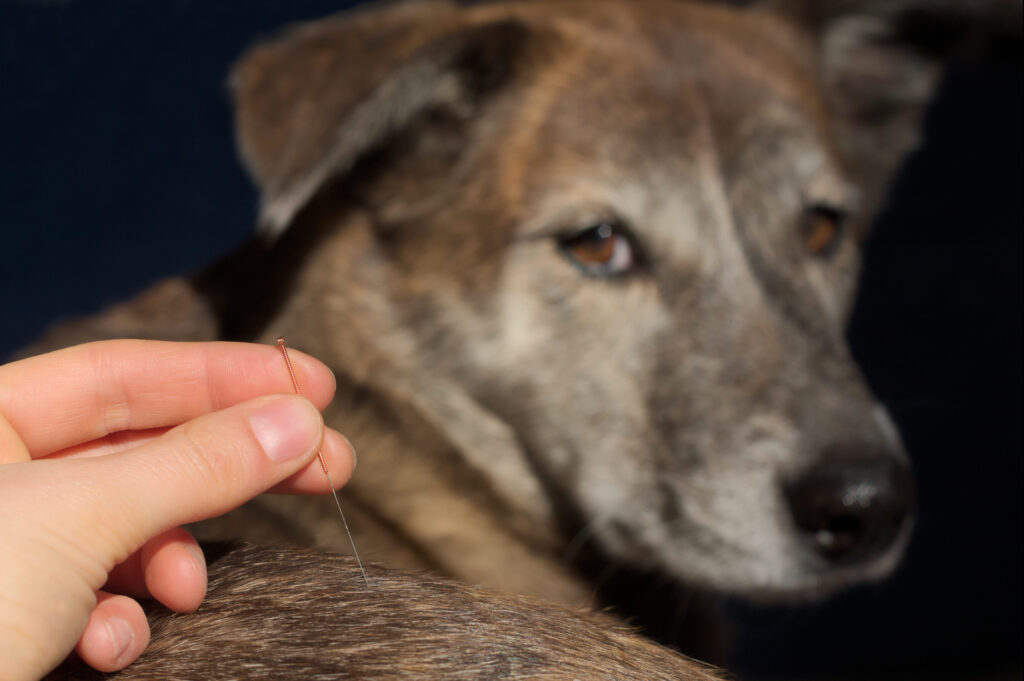Diagnostics & Therapies
services and therapies
Comprehensive Physical Exam
A thorough physical examination is the most important part of your pet’s medical care. The doctor will review any pertinent medical history, information about diet, recent changes in the household, and relationships with other pets and humans. They will carefully assess all of your pet from head to tail to detect any early evidence of potential problems. The doctor will use this opportunity to discuss any recommendations about diet, behavior, and preventative medicine, and will address any specific questions or concerns that you may have.
Diagnostic Testing

Depending on physical exam findings and any changes that you may have noted in your pet’s health, activity, or behavior, the doctor may recommend various diagnostic procedures such as blood work, urinalysis, or fecal testing. If they feel that additional diagnostics such as x-rays or ultrasound would be helpful, they will discuss those options with you in further detail and proceed as necessary.
Ultrasound Exams

Ultrasound in veterinary medicine has revolutionized the way we approach many health issues. This state-of-the-art, non-invasive diagnostic tool is essential for providing a better look at internal organs, and allows us to detect issues that cannot be evaluated simply by physical exam and palpation. In addition to comprehensive ultrasound exams, Veterinarians often use ultrasound to guide a small needle into the bladder in order to obtain a sterile urine sample for testing. The method of urine collection is imperative to properly diagnosing urinary tract infections and other common urinary conditions.
Thermal Imaging

Companion animals are not able to show or tell us where their problems are. Digatherm’s thermal imaging system solves that problem by letting us see the unseen and listen to what the patients cannot tell us. By using this Companion Animal thermal imaging system, it allows us to understand a patient’s current physiologic state and compare that to normal.
Normal blood flow in cats and dogs results in symmetrical surface temperatures on both sides of the body. Tissue changes can result in abnormal blood flow and non-symmetrical surface temperatures; unexpected warmer or cooler areas or asymmetry within the patient distinguishes physiological change. Increases in temperatures are a direct result of increased blood flow. This may be due to inflammation, infection or even cancer. Decreased temperatures are a result of a decrease in blood flow. This is usually due to vasoconstriction in those areas. This is commonly associated with neurologic conditions, infarctions or atrophy of tissues. The thermal imaging cameras measure body surface temperatures and the veterinary specific software converts the temperatures into an image. These images use colors to represent the patient’s body surface temperatures. This image provides a physiologic map of the patient and in turn allows the veterinarian to see the unseen.
Cold Laser Therapy

Laser therapy or photobiomodulation therapy is fast-acting and versatile. This is a Veterinary prescribed, technician driven modality to effectively manage a wide variety of conditions. Laser therapy can effectively reduce pain and inflammation associated with acute and chronic conditions including infections, sprains and strains, degenerative joint disease, wounds, lick granulomas, osteoarthritis and chronic inflammatory conditions. Treatments are non-invasive, drug and surgery free and can be administered in a matter of minutes. There is a vast body of research supporting the effects of cold laser therapy. The therapeutic dose of light is delivered to impaired or dysfunctional tissue which leads to a cellular response mediated by mitochondrial mechanisms that reduce pain and inflammation and speed healing. The mitochondria is the powerhouse of the cell, creating energy to enhance cellular function.
Cold Compression Therapy

This therapy modality allows the use of frozen gel packs inserted into adjustable wraps which are connected to a rechargeable pneumatic pump for icing muscles and joints helping the body pump oxygenated blood into the treatment area and pushing edema out. It helps alleviate swelling and inflammation while enhancing healing. Intermittent compression mimics a muscle contraction to push fluid back into the lymphatic system for a reduction in swelling while enhancing blood flow to deliver more oxygen to the injured area. The fusion of cold and compressive therapy aids in patients’ healing faster and improves mobility. The applications for cold compression wraps include post-surgery management, strains/sprains/post-injury, muscle soreness, and limb edema. This therapy is used on the legs.
Acupuncture

Acupuncture is very effective at treating a wide variety of common conditions and diseases in small animals. It is frequently used to treat pain associated with arthritis, back problems, and recovery from surgery. Most animals tolerate the placement of the needles very well, and seem to feel relaxed as a result of the treatment. The doctor will recommend a frequency and duration of treatment according to your pet’s specific needs.
Cryosurgery*

*Please note that this service requires an initial consultation to determine if your pet is a good candidate. This service is meant to be used for soft tissue areas that are 1cm or less in size.
Cryosurgery is a surgical technique which utilizes liquid nitrogen to freeze unwanted tissue and consequently destroy it. The tissue which is frozen may take up to 4 weeks to dissipate, but fortunately there is very little discomfort to the pet during this process. Because the surgery does not require cutting and suturing, the procedure may be performed with a local anesthetic and/or mild sedation — no general anesthesia is required. The fact that a pet need not be anesthetized for cryosurgery is a great advantage when working an older pet whose liver, kidney or heart may not be in the best of health.
Cryosurgery is performed with a special cryosurgery unit that freezes the tissue using a liquid nitrogen probe. “Cryo” is generally used on smaller growths and on growths which would be difficult to cut out and suture closed, for example: wart like skin tumors. The procedure is, for the most part, very safe when performed by a veterinarian having sufficient experience in using this technique. Cryosurgery also provides the advantage that there are no sutures for the pet to lick at, and that fortunately most animals never bother the healing wound.
Most cryosurgery procedures performed on animals do require sedation to keep them from moving but general anesthesia is usually unnecessary. A local anesthetic may be used along with sedation to minimize the need for full anesthesia. The actual cryosurgery procedure involves 3 freeze thaw cycles perform in quick succession. Within 3 to 4 weeks after the cryosurgery the growth will scab over, shrink, and disappear. Larger areas may require a second session to provide complete dissipation of the unwanted tissue. Because cryosurgery actually freezes the nerve endings surrounding the growth rarely is there post-surgical pain associated with the procedure.
Prescription Medications
The doctor may prescribe prescription medications that will address the specific needs of your individual pet. The doctor will ensure that any recommended medications are safe to introduce to your pet’s treatment plan, and will discuss any potential side effects that you may need to monitor your pet for. All prescription medications are obtained through reputable distributors that work directly with the manufacturer.
Herbal Formulas & Natural Supplements
We utilize supplements and nutraceuticals from only the most trusted companies, including VRS (Veterinarian Recommended Solutions). VRS ensures that they 3rd-party test all of their products for contaminants and voluntarily share their results with the public. Their quality check ensures the safety and purity of the supplements that are given to your pet. Their quality check lot numbers are located in specific places on each of their product labels, allowing you to cross check all of their product testing through their website.